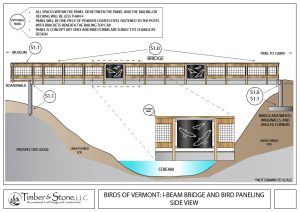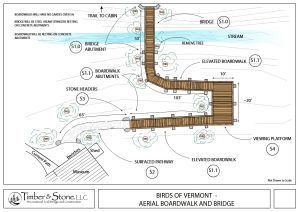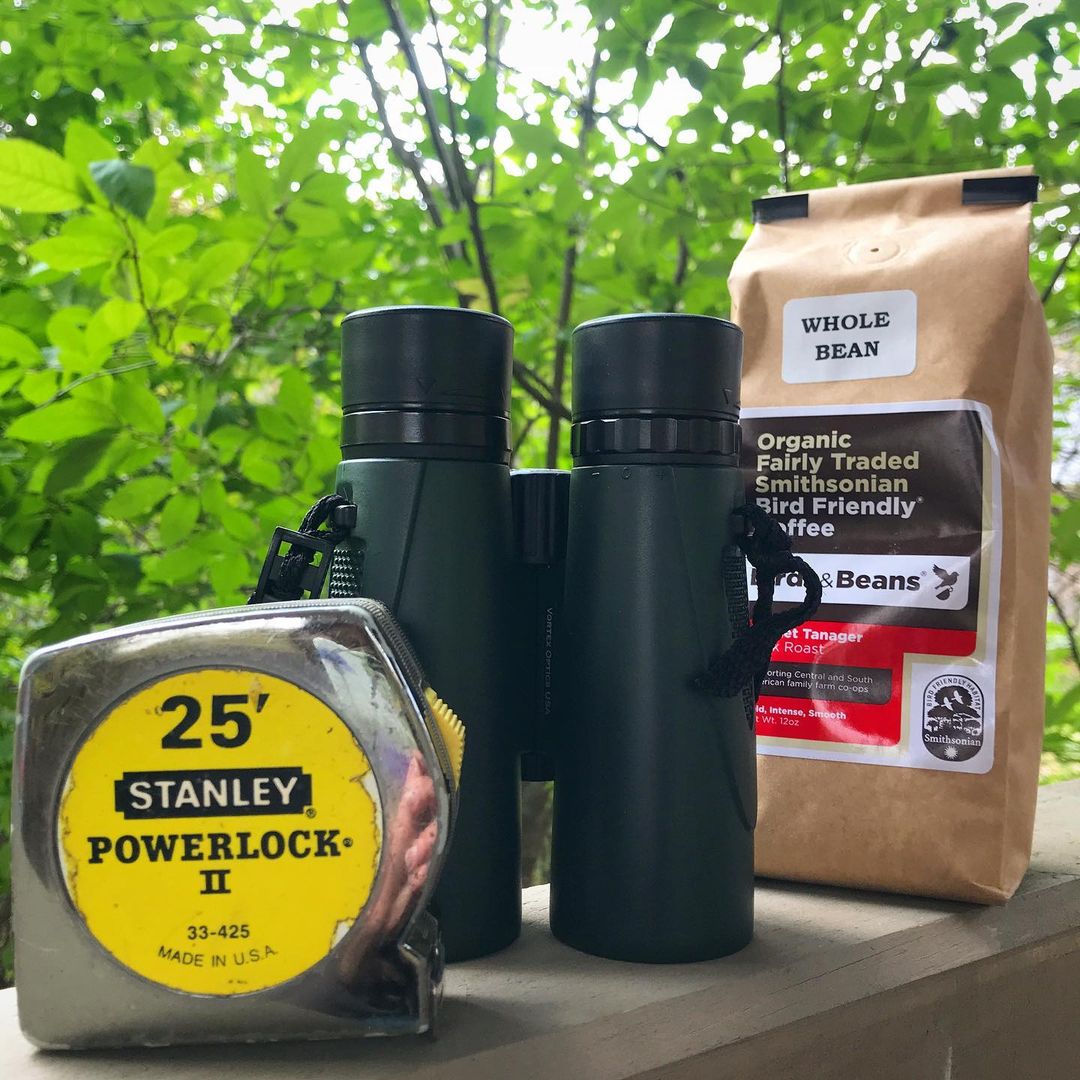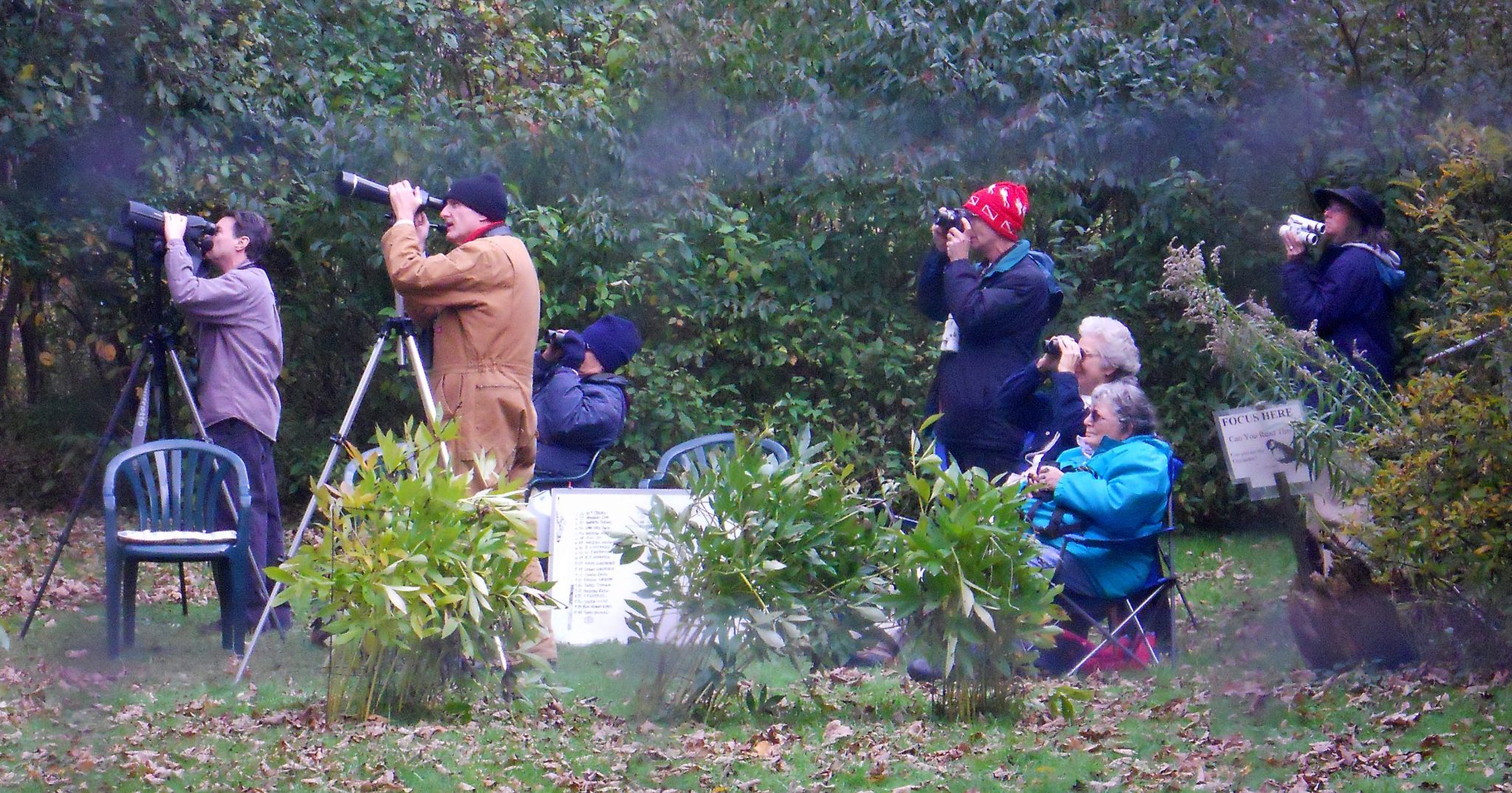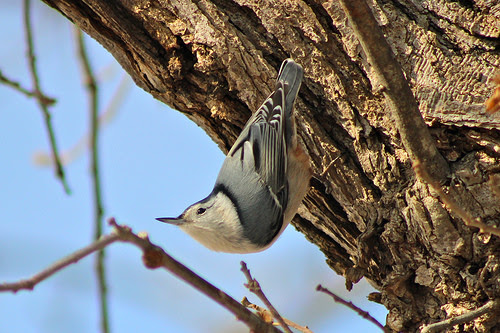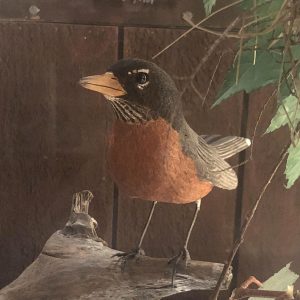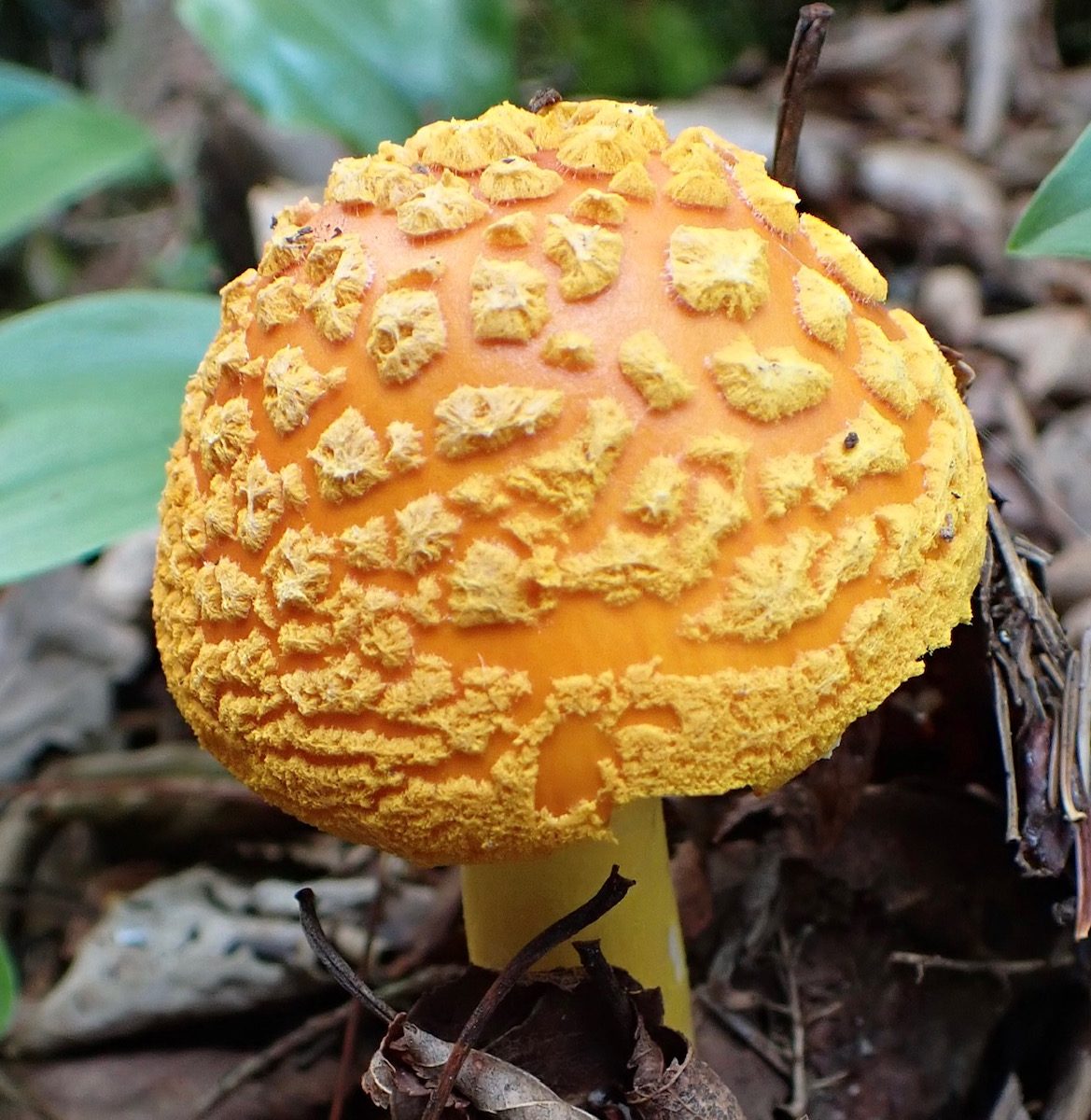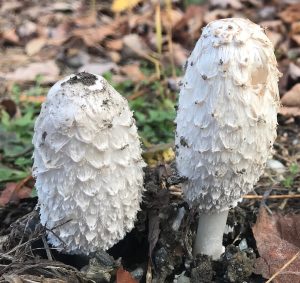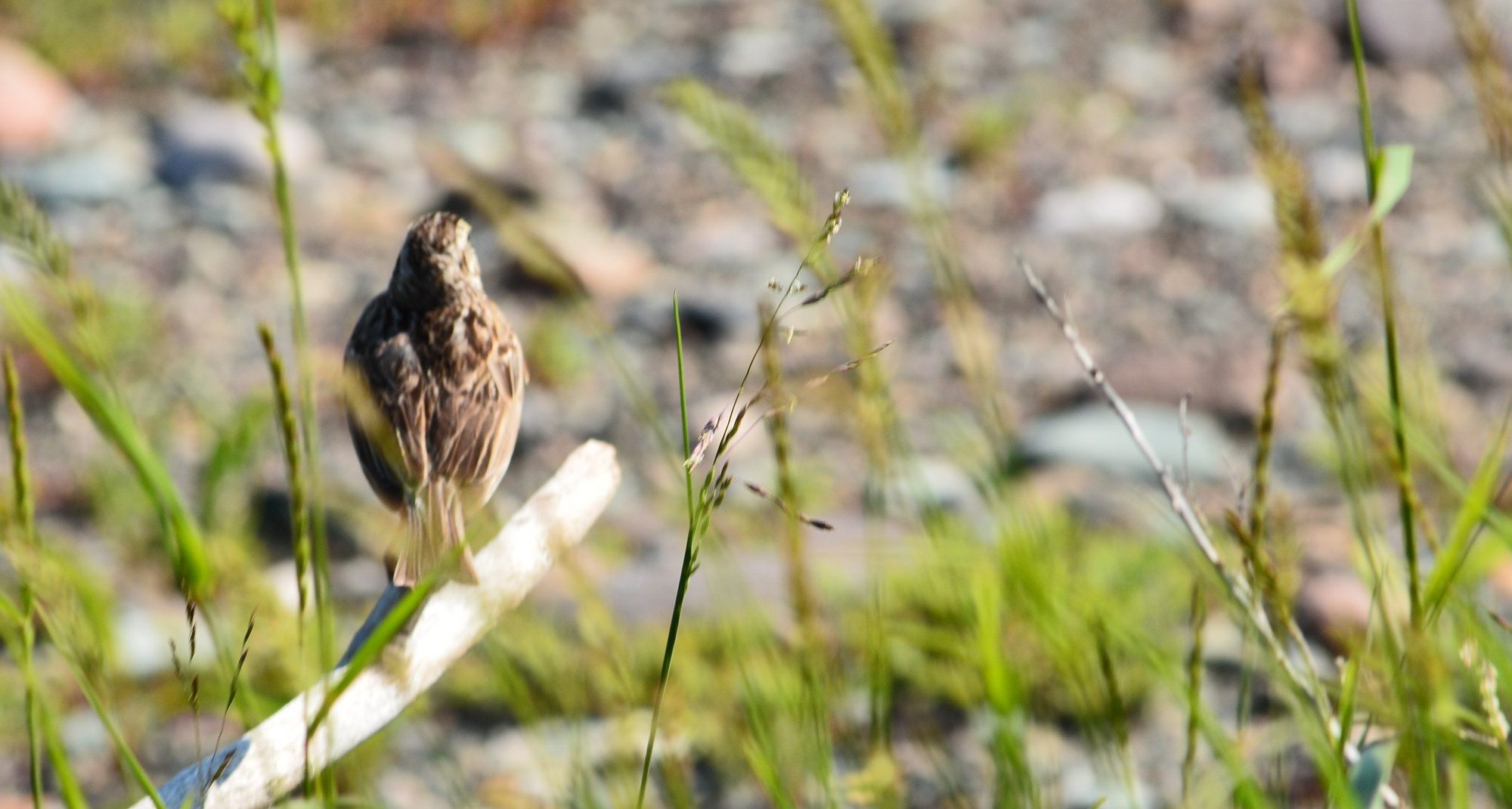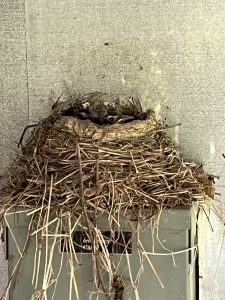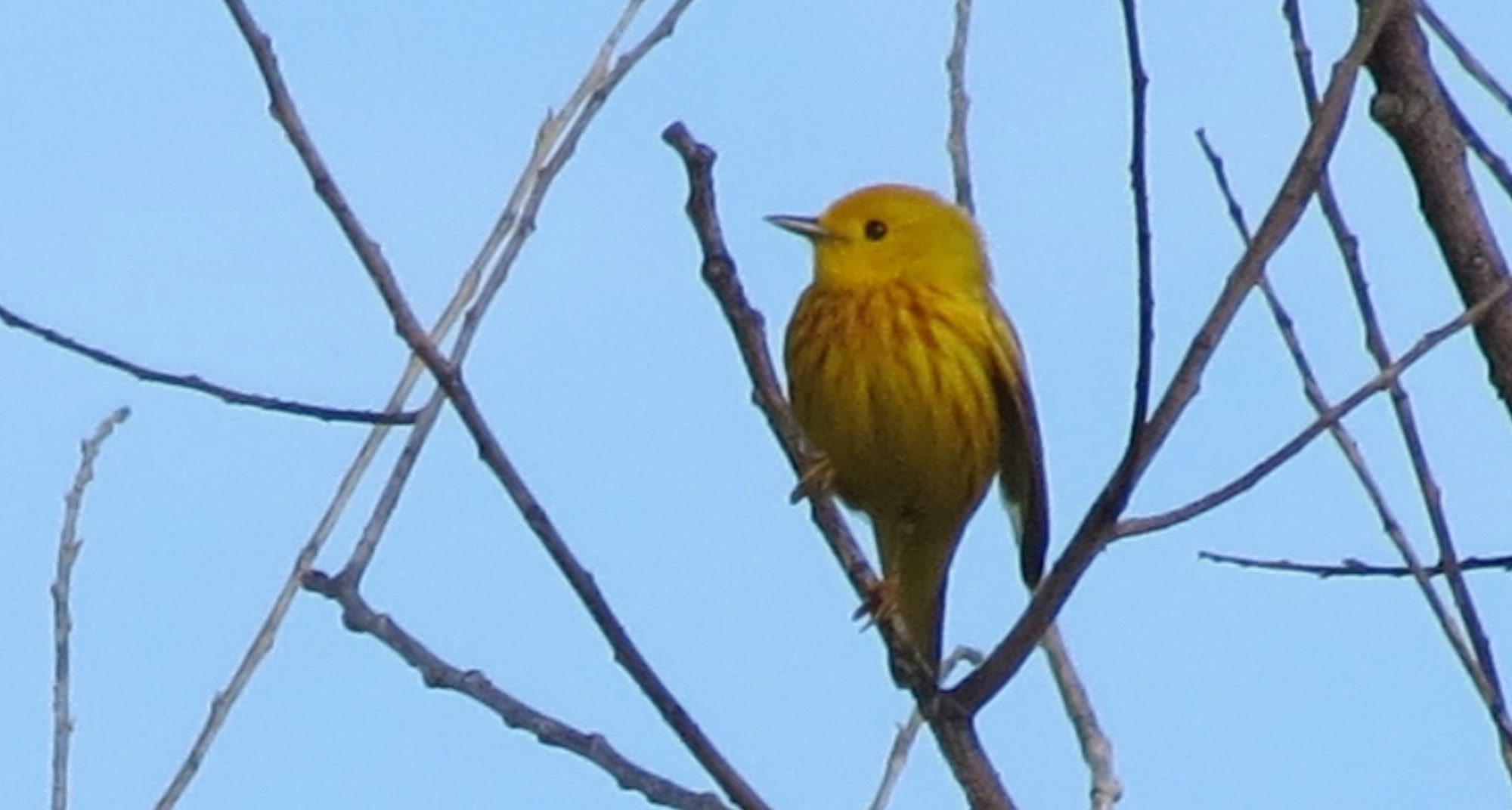Water Damage
You can Help!
We need your help to get to the other side! We have a plan to re-cross Sherman Hollow Brook, and need your help to help fund the construction.
Everything helps, from $5 once, $50 monthly, to $5000 annually.
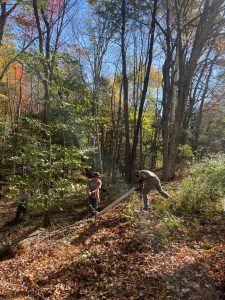
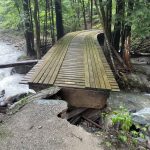 Bob’s Bridge has been closed since July 2024. Torrential rains and floods that month damaged the bridge and its footing. For safety, the Museum closed it, limiting public access to the museum’s trails on the 60 acres across Sherman Hollow Brook. This also restricted access to Gale’s Retreat.
Bob’s Bridge has been closed since July 2024. Torrential rains and floods that month damaged the bridge and its footing. For safety, the Museum closed it, limiting public access to the museum’s trails on the 60 acres across Sherman Hollow Brook. This also restricted access to Gale’s Retreat.
First Steps
Right after the flood, we began working with Timber and Stone LLC and DeWolfe engineers. Together we are designing and will build a new accessible bridge!
The new route includes a board walk, places to pause and bird, and views above the stream. The new bridge will be above the 100-year flood mark and allow us to reopen the trails for everyone. By rerouting access, we make the access more gradual, more accessible, and minimize erosion into the brook.
Soon, school groups will again be able to access the Retreat as an outdoor gathering or classroom space. We’ll be able to take bird walks, maintain those trails, and explore that part of the forest again.
More info:
The 2013 Flood & Bridge building:
Bridges to Birds: Connecting to People
The Four Phases of Bridges to Birds
Thanking Donors for Contributing to Bridges to Birds
Bob’s Bridge so far:
Endure, Change and Bridge: 2024 annual appeal
Other Notes and Links:
Renting Gale’s Retreat
Timber and Stone LLC
DeWolf Engineers

